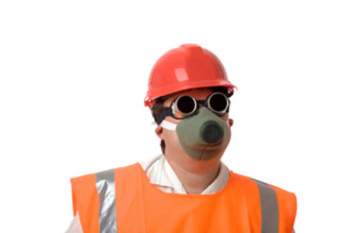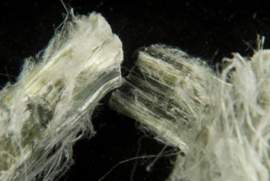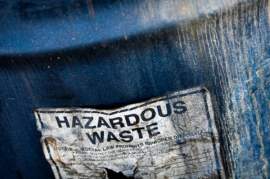
Kansas Asbestos Abatement Procedure

Must Read
The Kansas Department of Health and Environment works with federal standards to create Kansas asbestos abatement procedure. This abatement will primarily take place in former factories and refineries, but will also apply to houses built before 1980. Who may remove asbestos in Kansas? The state will certify inspectors to check for asbestos and use available methods, including laboratory testing, to determine the extent of asbestos contamination. Individuals may follow Kansas asbestos abatement procedures on their own for abatement on their own residences, but they must follow regulations on the properly disposal of asbestos containing materials. Homeowners that attempt asbestos abatement on their own do so at their own peril. Asbestos abatement and brakes There is a specific procedure, as provided by the EPA to remove asbestos brake pads form brakes. This is especially relevant in Kansas’s aircraft industry. After the brake assembly is opened, vacuums must be used to remove brake dust and residue. This must be in either an exceptionally well ventilated, outdoor area or within an enclosed plastic space. The offending material must be waterlogged to prevent the further spread of tiny, dangerous fibers. Any material that is removed must be place in sealed containers and labeled clear as hazardous material. Disposal will proceed at the authorized sold waste disposal site, as dictated by the Kansas asbestos abatement procedure. Proper Kansas asbestos abatement procedure Only laboratory testing can tell for sure if there is the presence of asbestos in the absence of intact, friable blocks of asbestos. An asbestos inspector may be able to identify certain brands and materials in the house that contain these fibers, but generally samples are taken to determine if there is a risk from friable or materials that may become friable to the health of others. Typically, any friable material that is removed must be wet to prevent further accidental exposure. This waterlogging prevents the tiny fibers from becoming airborne. Powerful vacuums and HEPA filters will also be used to collect leftover residue and any material that may contain more than 1% asbestos fiber. Not all asbestos containing material must be removed, unless the structure is undergoing demolition. Who do I need to notify if I am performing Kansas asbestos abatement procedures? At least ten working days prior to the start of construction, you must provide notification to the Kansas Department of Health and Environment through the provided forms. You will make notes of which licensed contractor is following Kansas asbestos abatement procedures, the nature of asbestos in the building and the plans to dispose of the asbestos containing material appropriately. Regulated Asbestos Containing Material that must be removed All materials identified by the EPA as containing asbestos must be removed in a demolition. Only certain, indurate items may remain in a renovation if the renovation will not tamper with them. Friable materials are particularly dangerous, as per federal regulations and will have to be waterlogged before removal, and will be transported in this state. All construction and demolition waste must be disposed of at a solid waste management facility, as determined by the state.



















